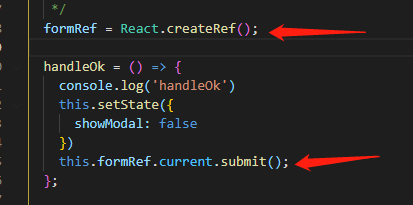Pointer stores memory address of value being pointed at so memory address contained by pointer is same as memory address of value. So adding 1 to both these memory addresses should yield same result, which is not happening. Why?
Here is the code
int main()
{
int ages[] = {23, 43, 12, 89, 2};
int *cur_ages = ages;
printf("\n&cur_ages=%p, &cur_ages+1=%p", &cur_ages, &cur_ages+1);
printf("\n&ages=%p, &ages+1=%p", &ages, &ages+1);
printf("\ncur_ages=%p, cur_ages+1=%p", cur_ages, cur_ages+1);
printf("\n*cur_ages=%d, *cur_ages+1=%d", *cur_ages, *(cur_ages+1));
return 0;
}
Output is
&cur_ages=0x1ffff85f3d0, &cur_ages+1=0x1ffff85f3d8
&ages=0x1ffff85f3dc, &ages+1=0x1ffff85f3f0
cur_ages=0x1ffff85f3dc, cur_ages+1=0x1ffff85f3e0
*cur_ages=23, *cur_ages+1=43
&ages+1 is not equal to cur_ages+1. Why?
Pointer arithmetic increases the value of a pointer by the given value multiplied by the size of the type it points to.
So when you do this:
&ages+1
You take the address of ages (which is of type int [5]) and add sizeof(ages) to the pointer value. Assuming sizeof(int) is 4, this adds 20 to the pointer value.
Likewise, when you do this:
cur_ages+1
Here, cur_ages points to a int, so adding 1 adds sizeof(int) to the pointer value.
&cur_ages is the address where cur_ages is stored on the stack. Since &cur_ages+1 is 8 greater, I would assume this was done in 64 bit mode where the size of a pointer is 8 bytes.
&ages is similar to declaring int (*ptr_to_ages)[5], where ptr_to_ages is a pointer to an array of 5 integers, which could be a pointer to the first row of a matrix where each row is an array of 5 integers. &ages = the address where the first member of the array is stored. As mentioned in dbush's answer, since ages is an array of 5 integers, then &ages+1 points to what would be an array of 5 integers after the 5 integers in ages, so + 5 * 4, where 4 is the size of an integer, effectively the same as a pointer to the second row of a matrix where each row is an array of 5 integers.
The example code doesn't print out ages and ages+1, which would differ by sizeof(int) instead of by 5 * sizeof(int). Without the & prefix on ages, the size of the array would not matter.
cur_ages and cur_ages+1 point to the first and second integers in ages, as expected.
*cur_ages and *(cur_ages+1) are the first and second integer values in ages.
Several things are happening here.
&cur_ages is the address of a pointer to a value, not the address of a value. Because of the (arguably odd) semantics of array names in C, &ages is the address of a value.- Pointer arithmetic (
&<anything>+1) works by whole items, not by bytes. Therefore, adding 1 to an int * will add sizeof(int) bytes, not one byte.





